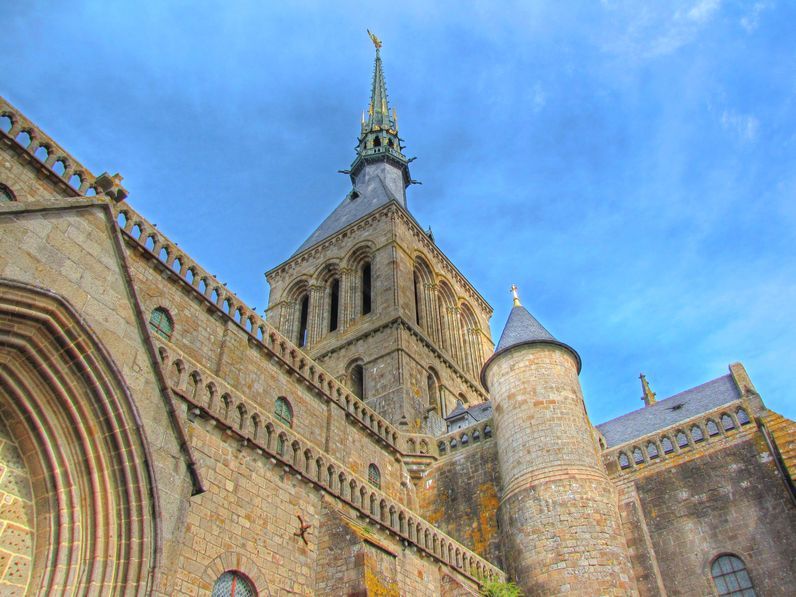The Abby and the climb back down
- Arriving at Mont St Michel
- Entering Mont St Michel
- The Abby and the climb back down
(Local Name: Abbaye du Mont-Saint-Michel) The magnificent abbey of St-Michel on the highest point of the island was mainly built, in spite of great technical difficulties, between the 11th and 13th centuries. The neo-Gothic facade dates from 1780, and the 87.5m/287ft high spire of the church, crowned by a figure of the Archangel Michael (by Emmanuel Frémiet, late 19th century), reaches a height of 155.5m/510ft above the sea.
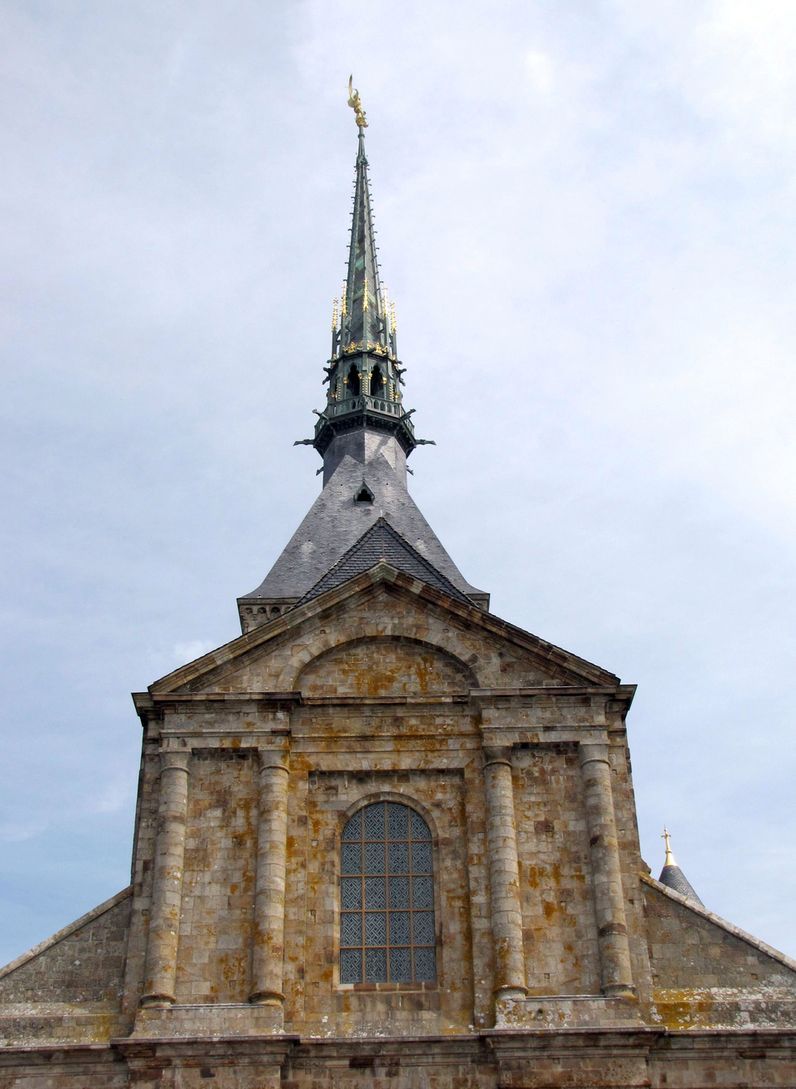
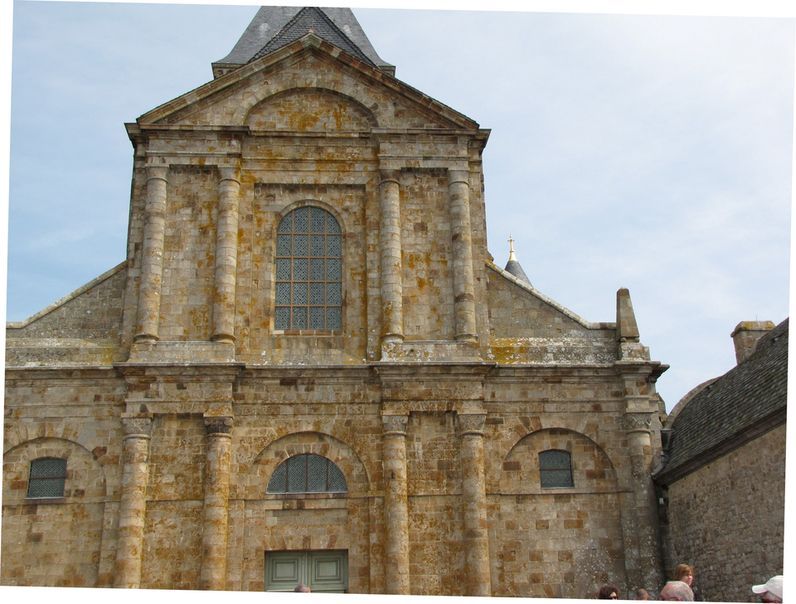
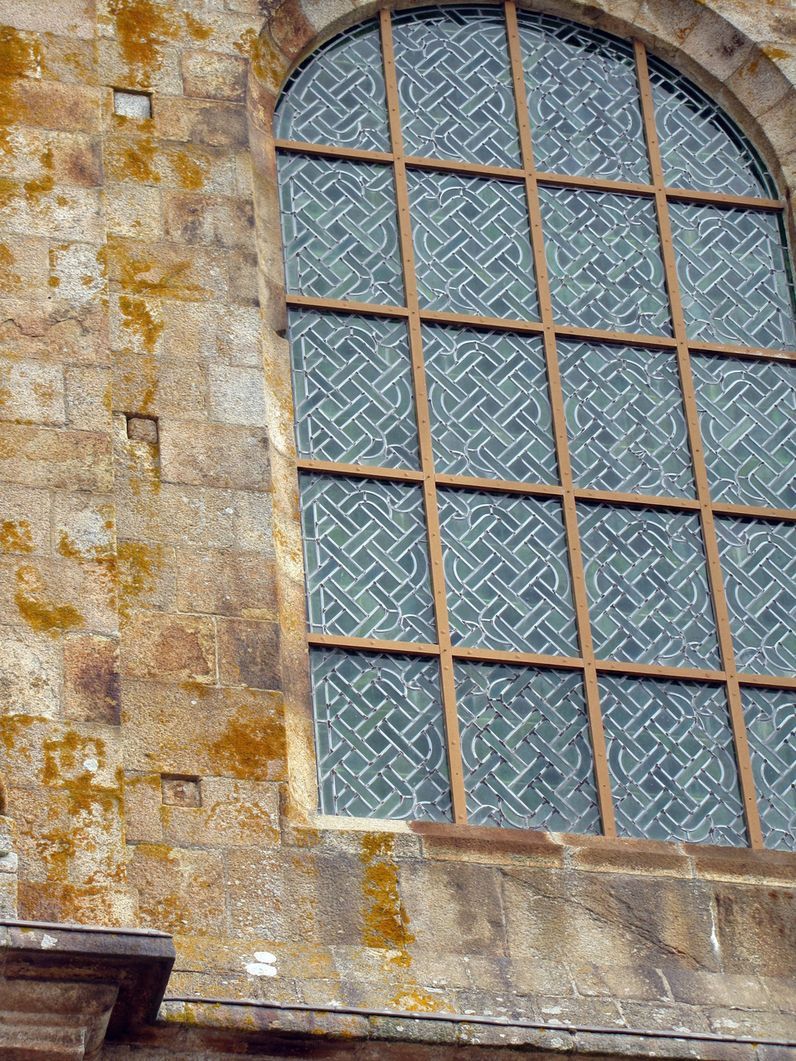
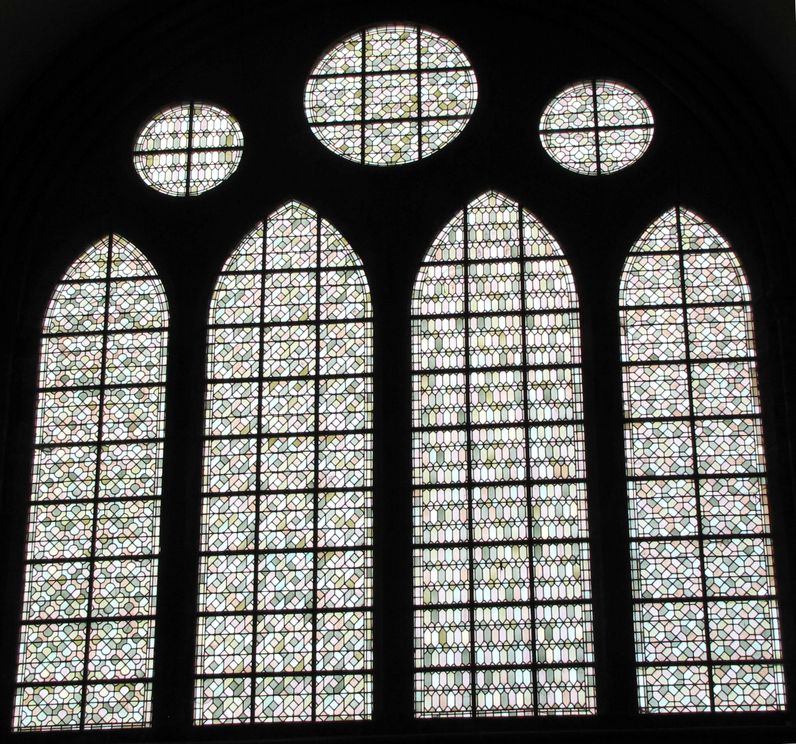
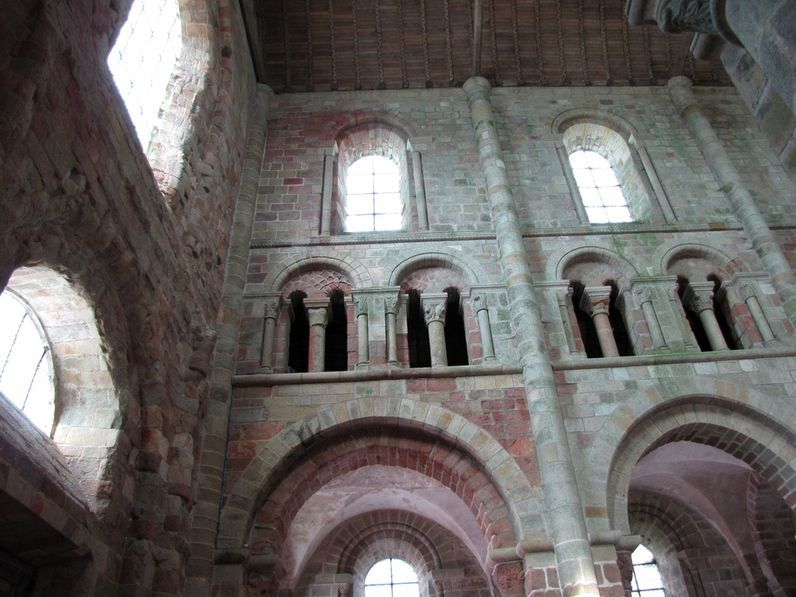
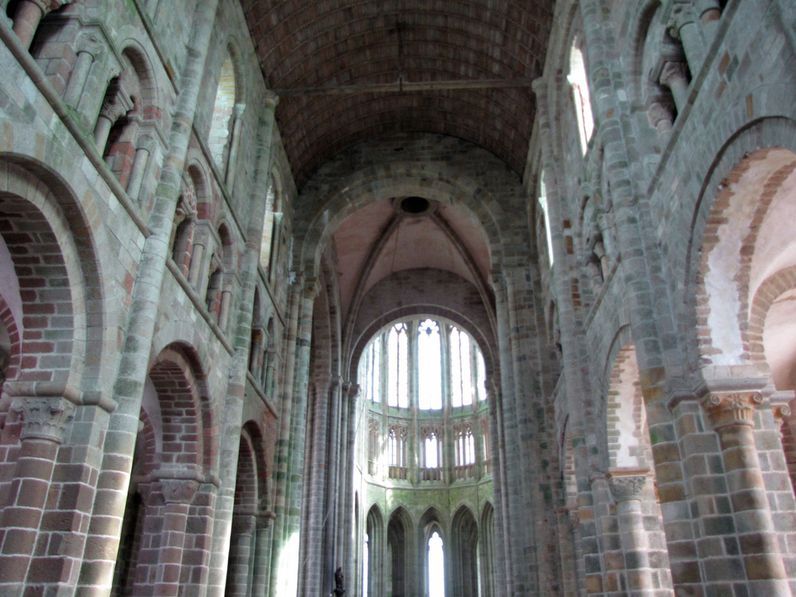
The church is cruciform with a Norman nave which was formerly seven bays in length,
but the three western bays were destroyed in 1776.
but the three western bays were destroyed in 1776.
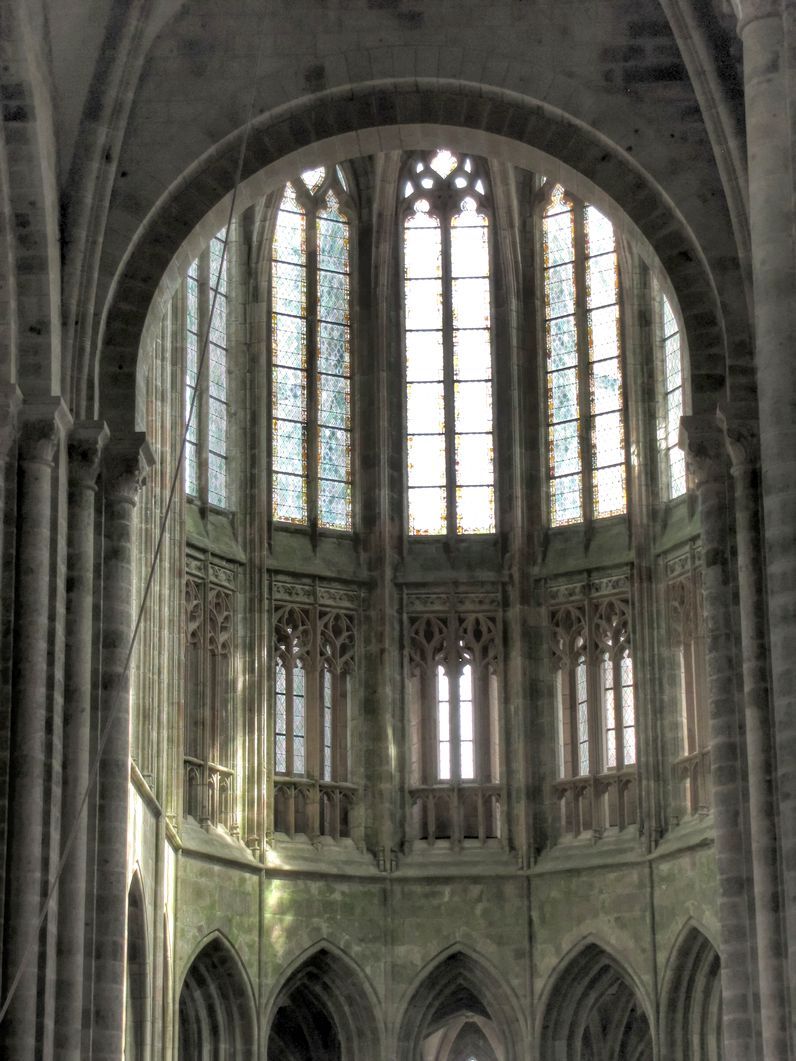
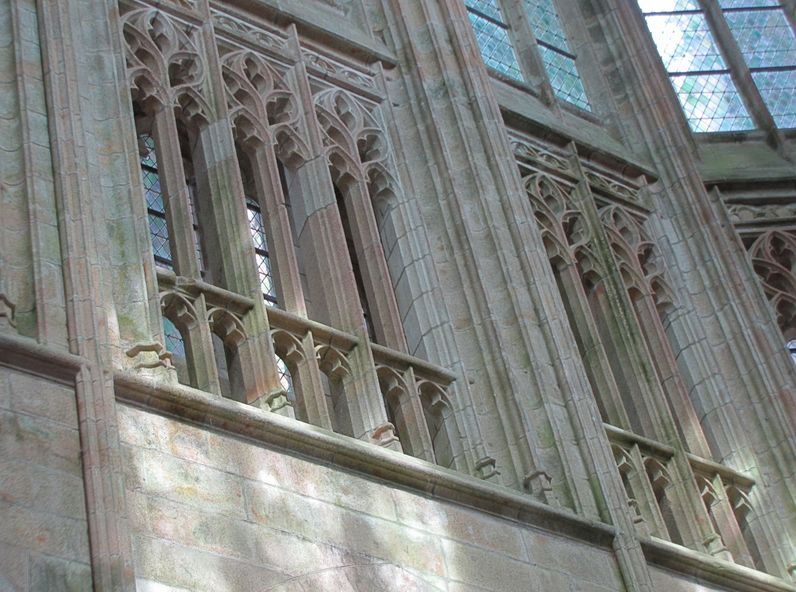
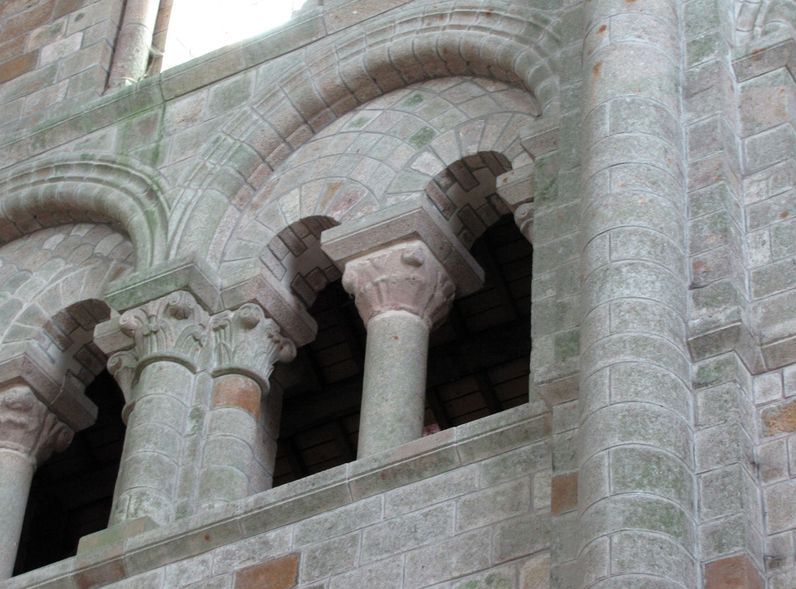
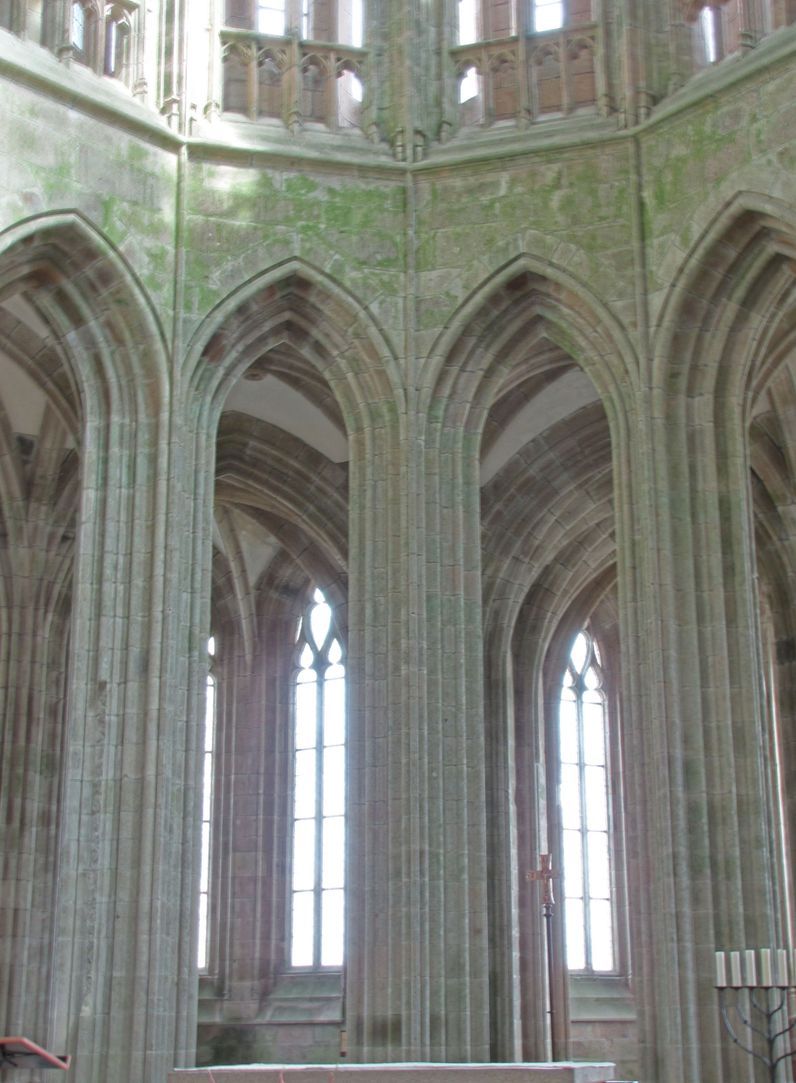
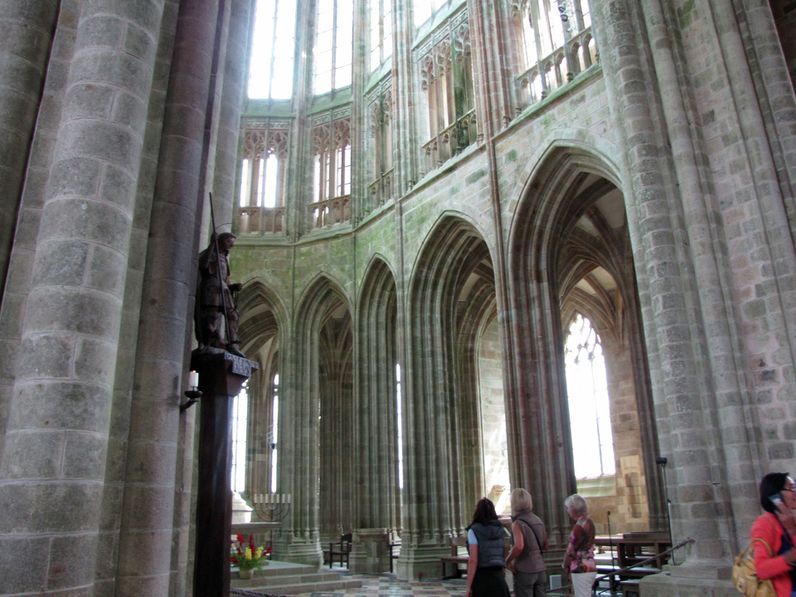
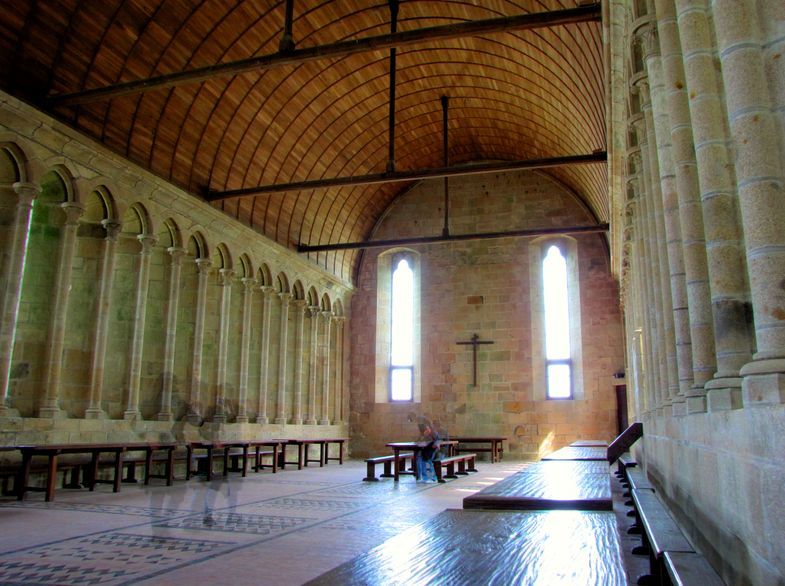
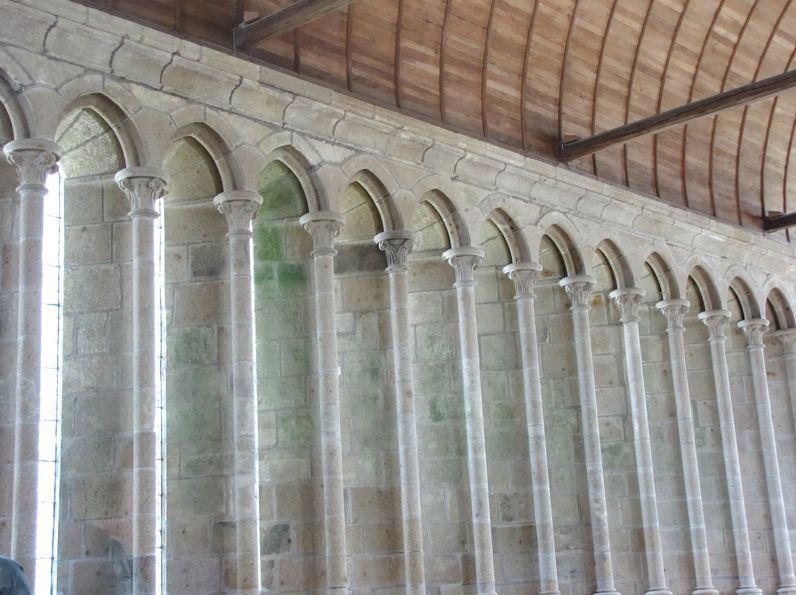

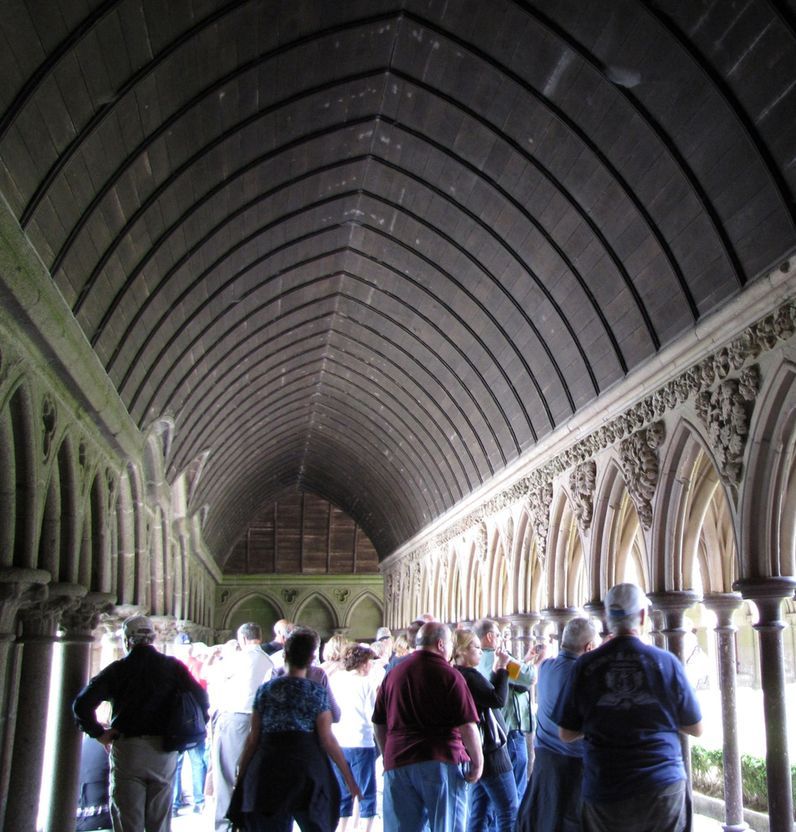
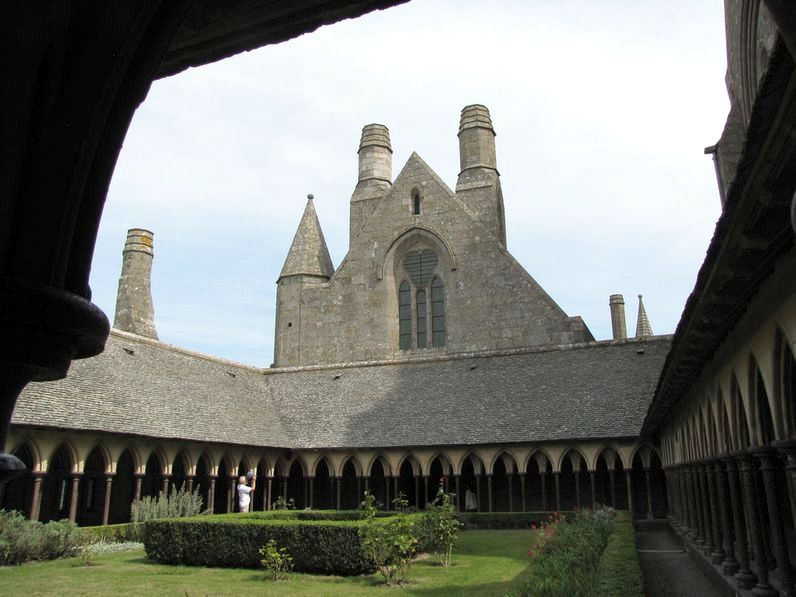
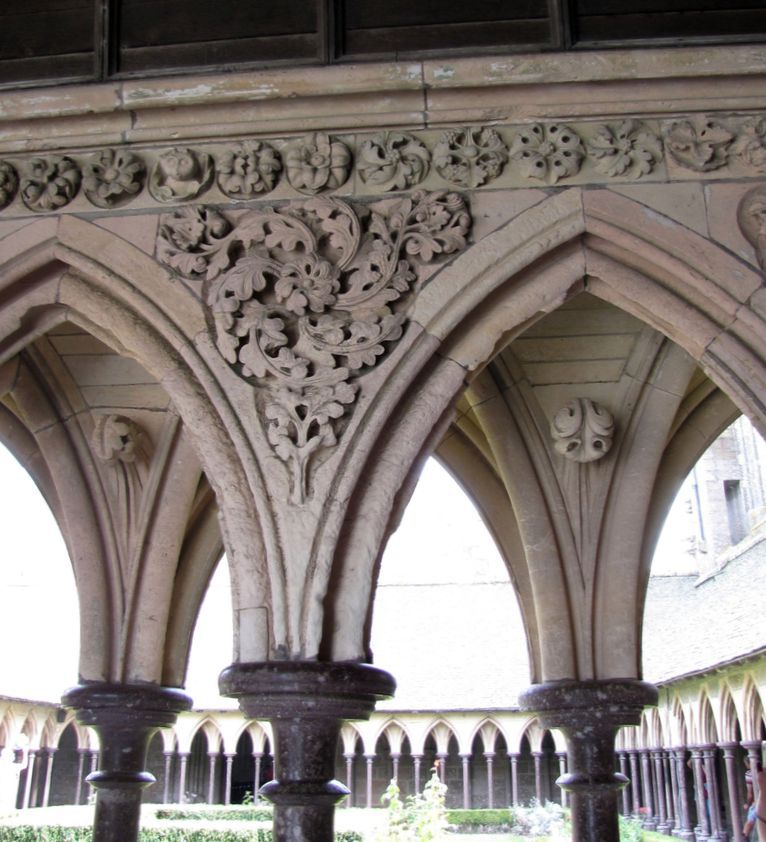
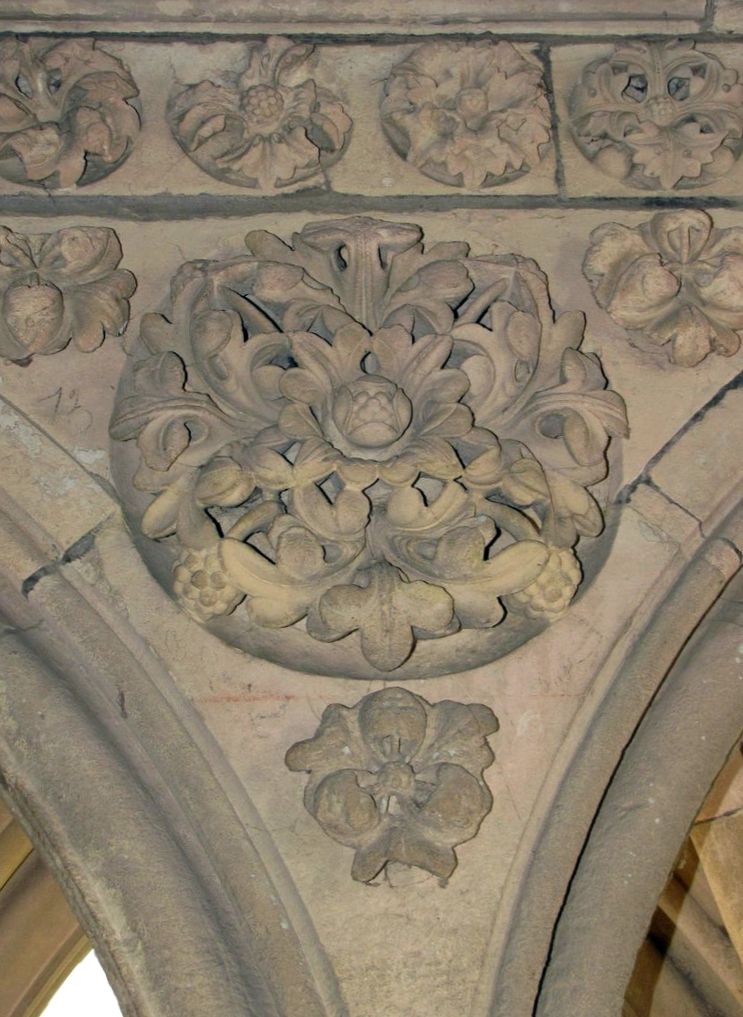
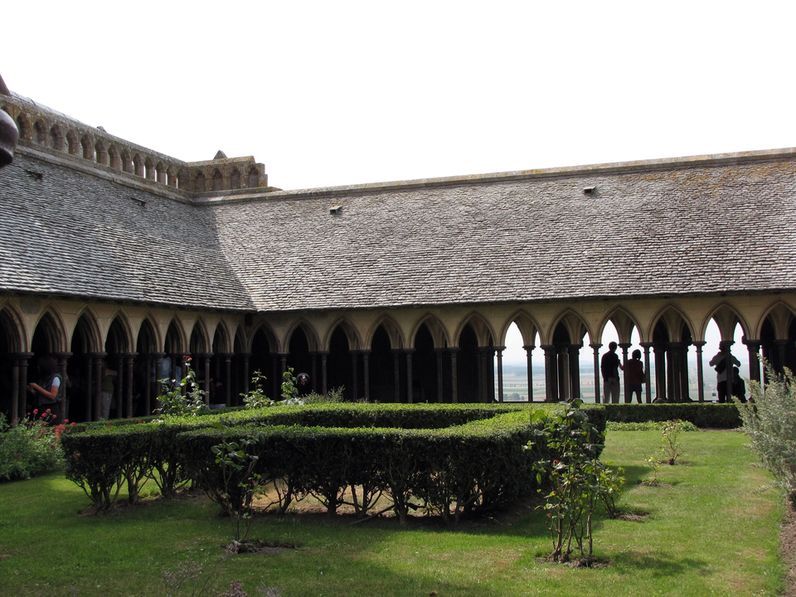
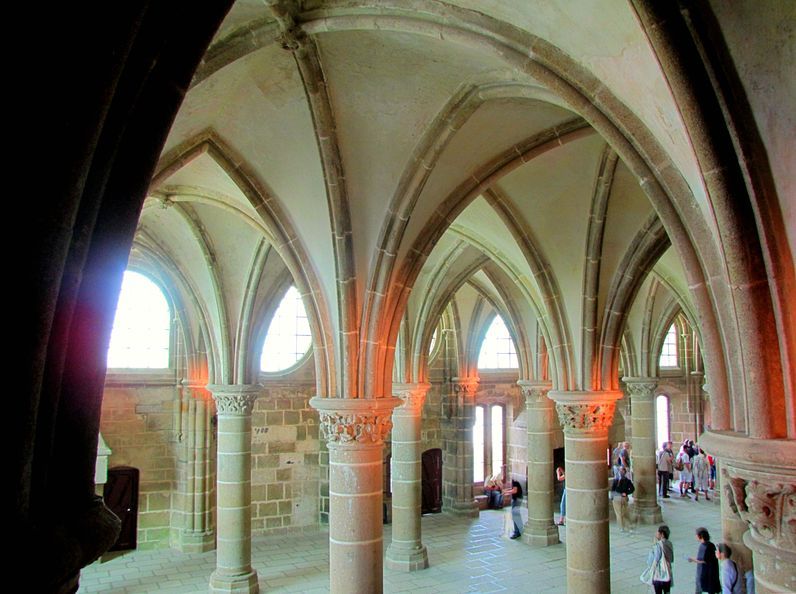
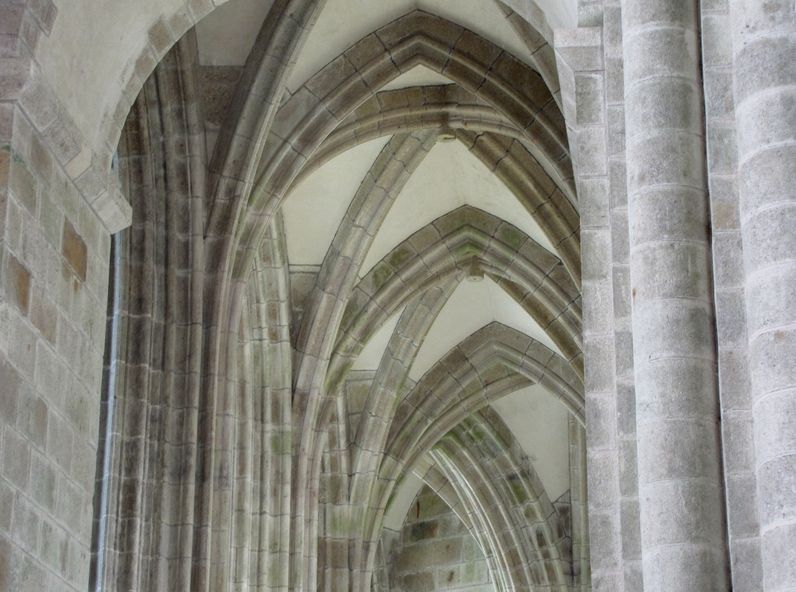
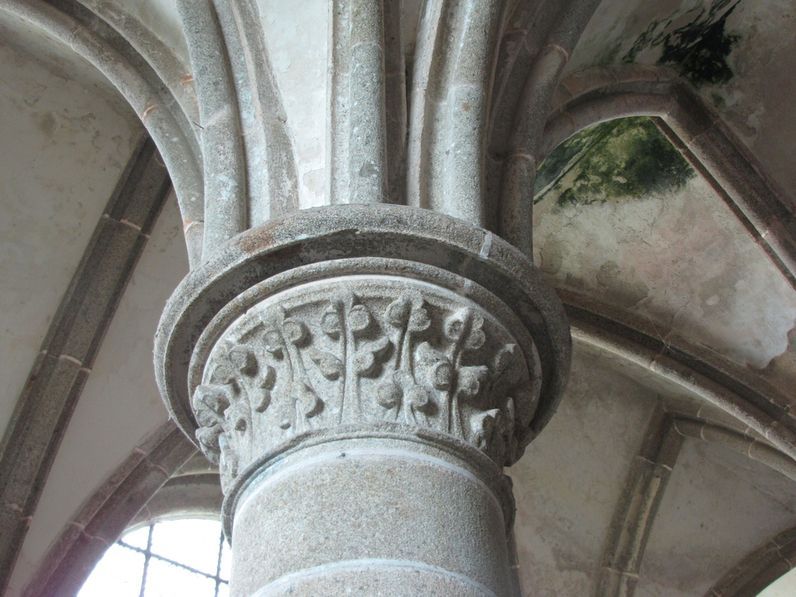
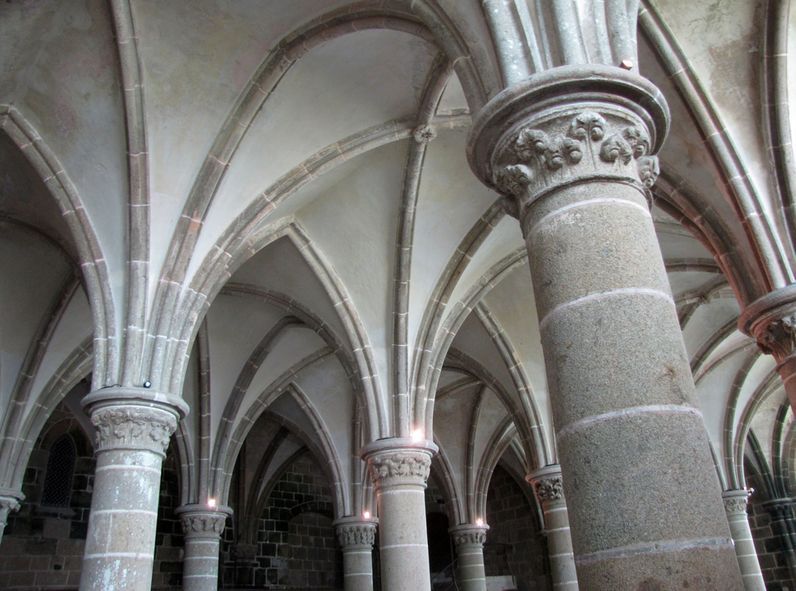
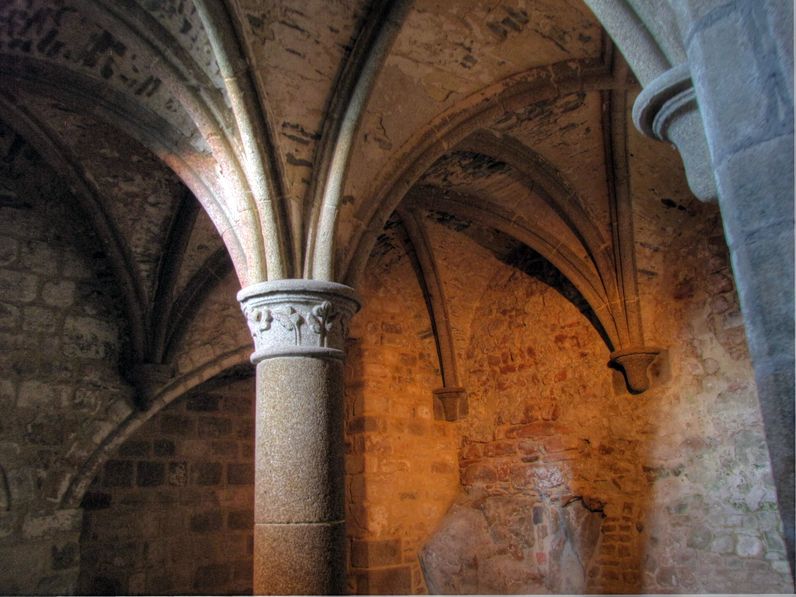
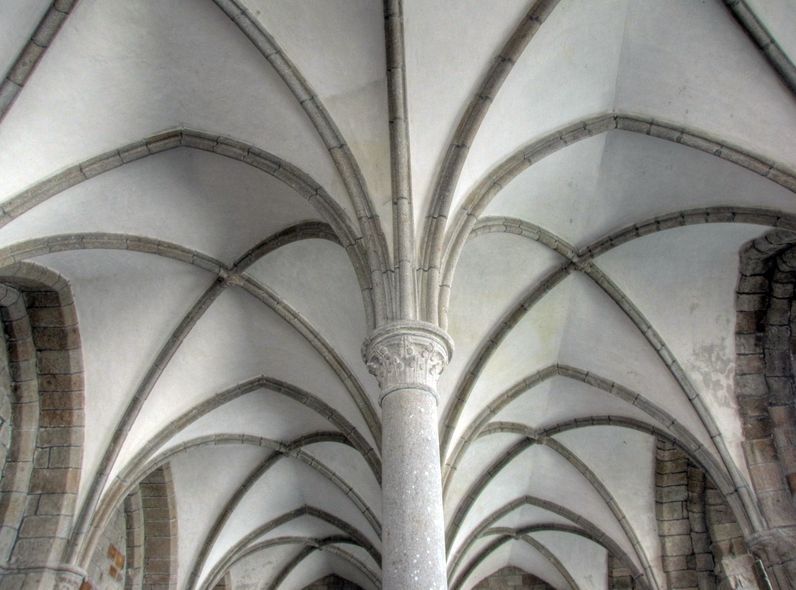
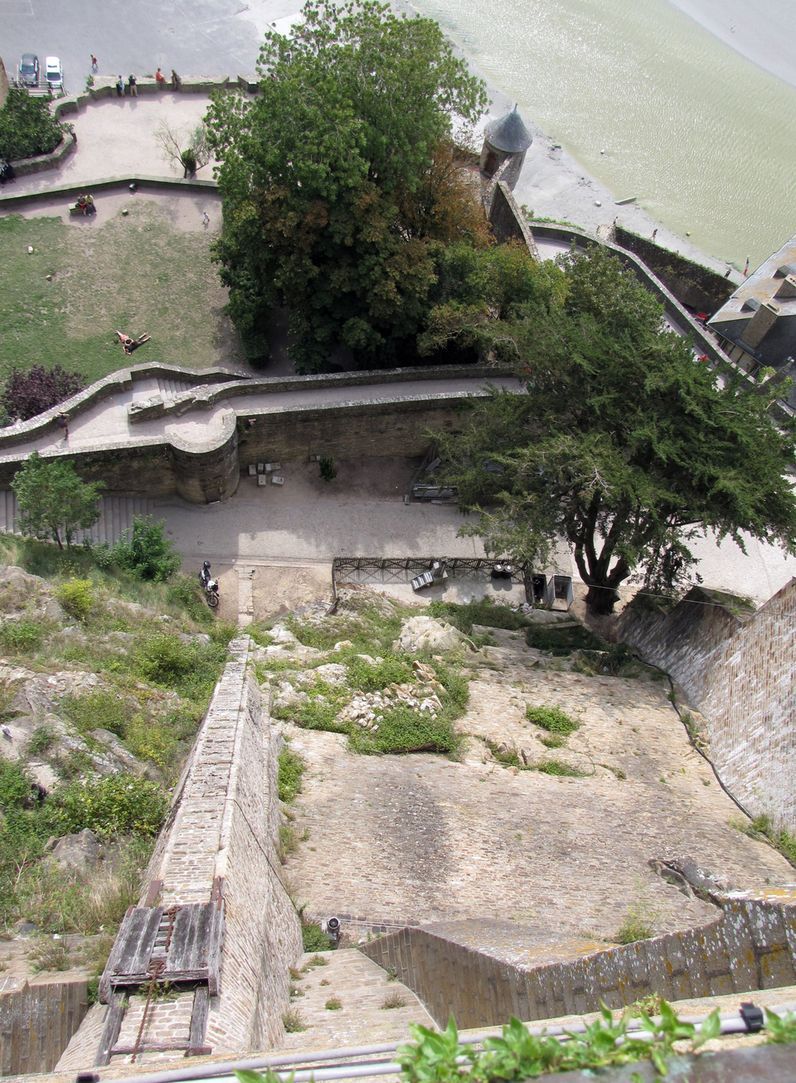
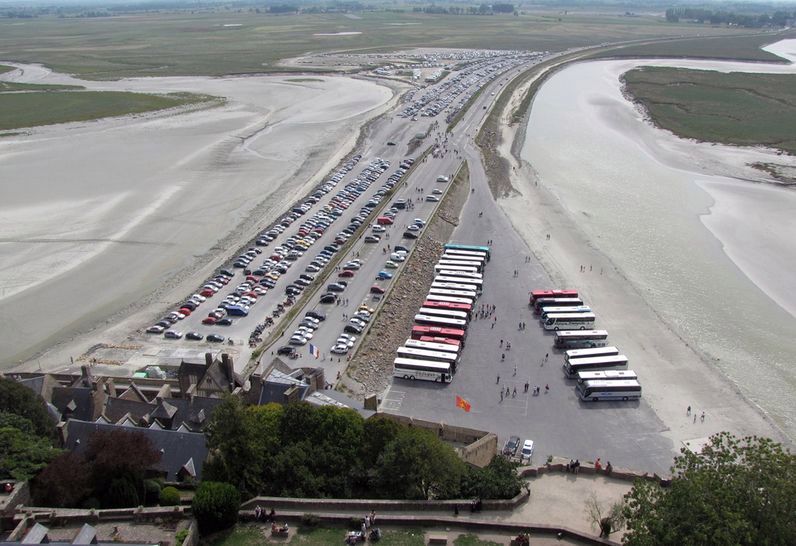
Mont-Saint-Michel is connected to the mainland via a thin natural land bridge, which before modernization was
covered at high tide and revealed at low tide, giving the mount a mystical quality.
covered at high tide and revealed at low tide, giving the mount a mystical quality.
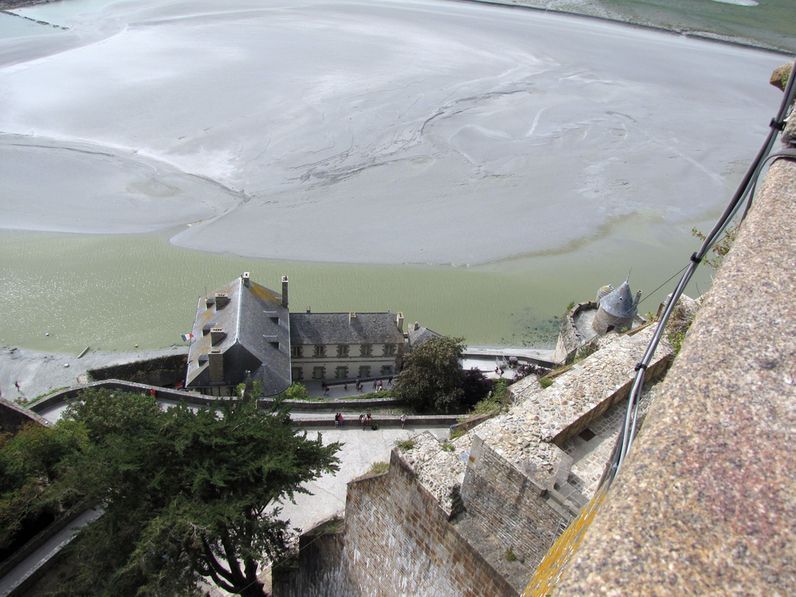
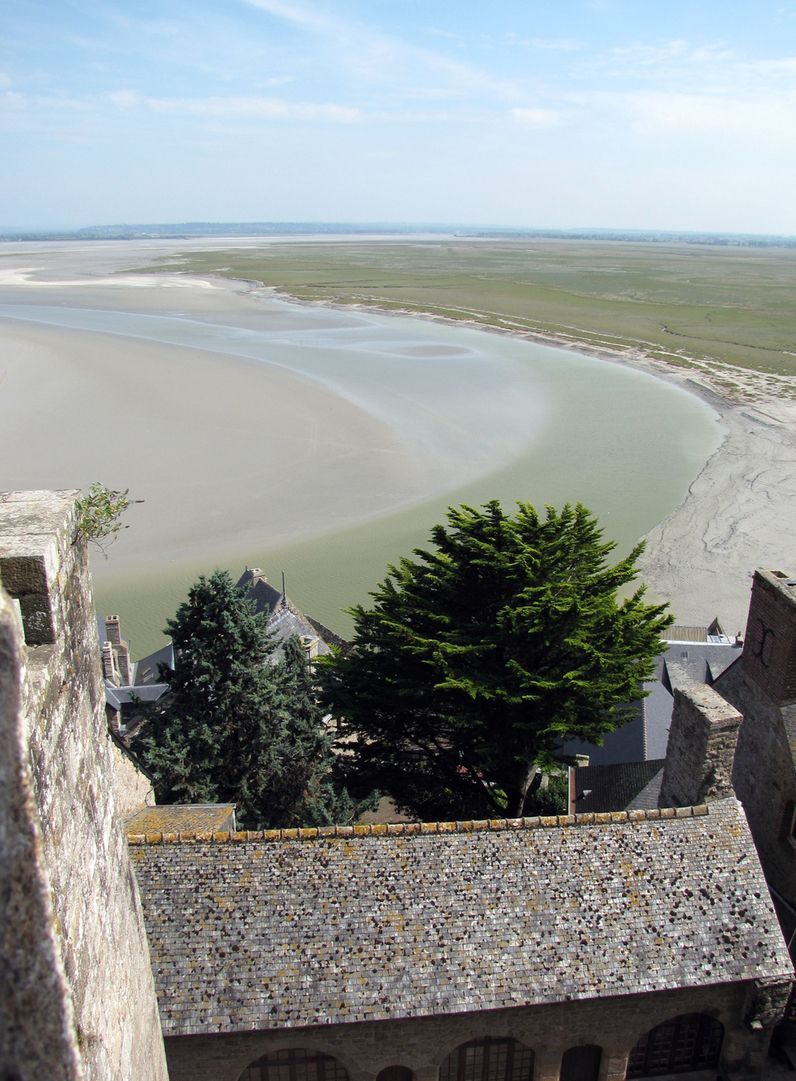
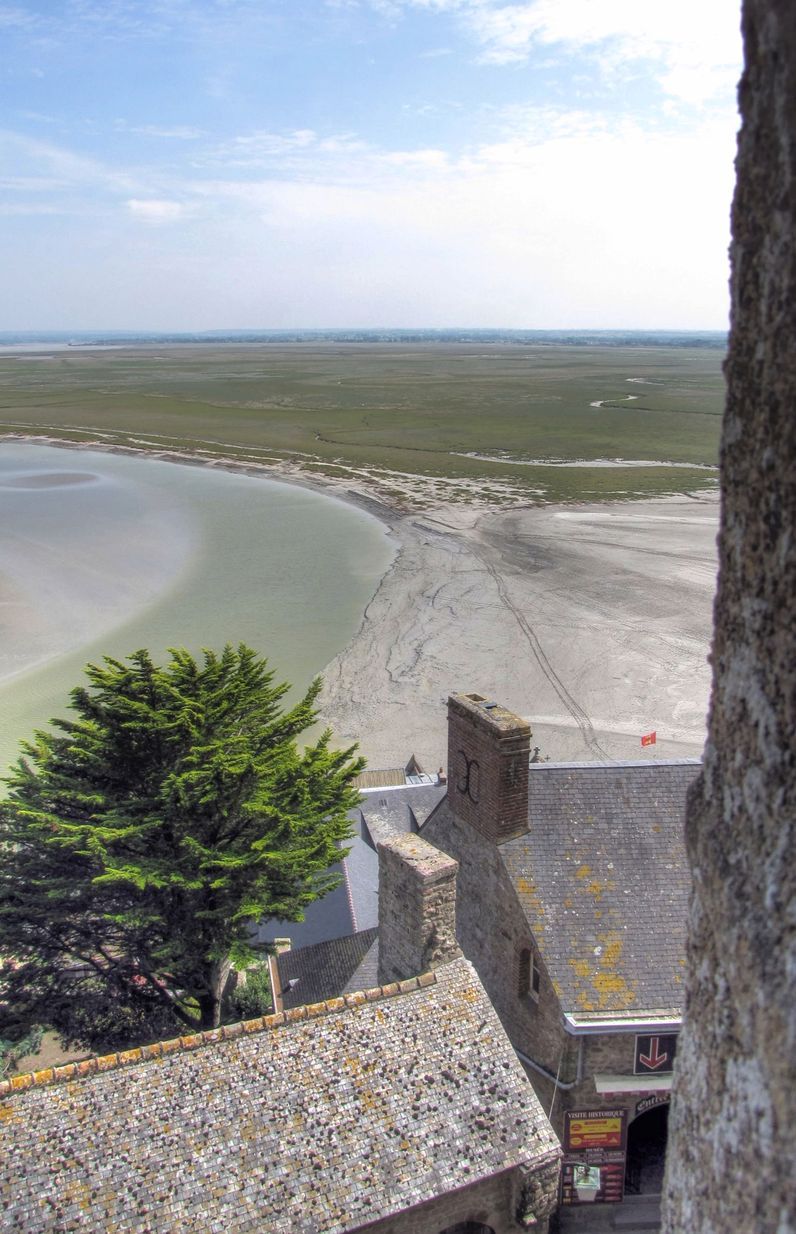
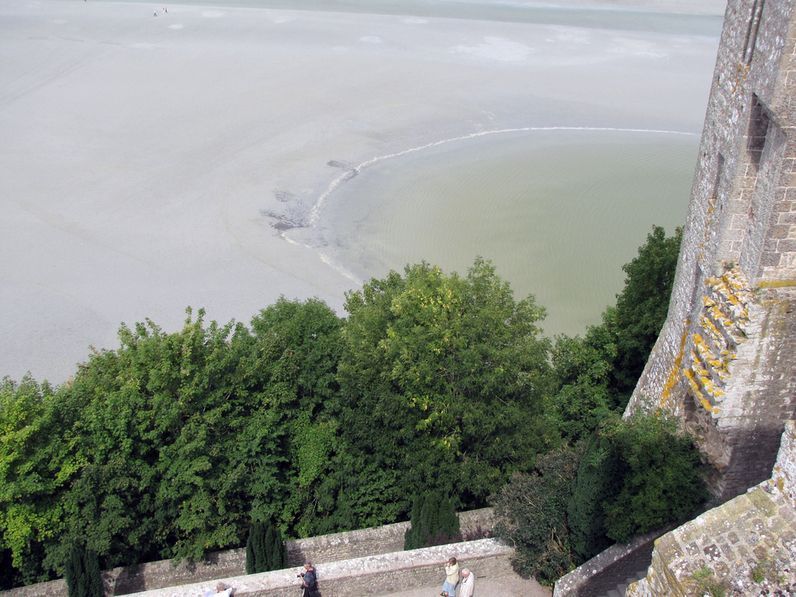
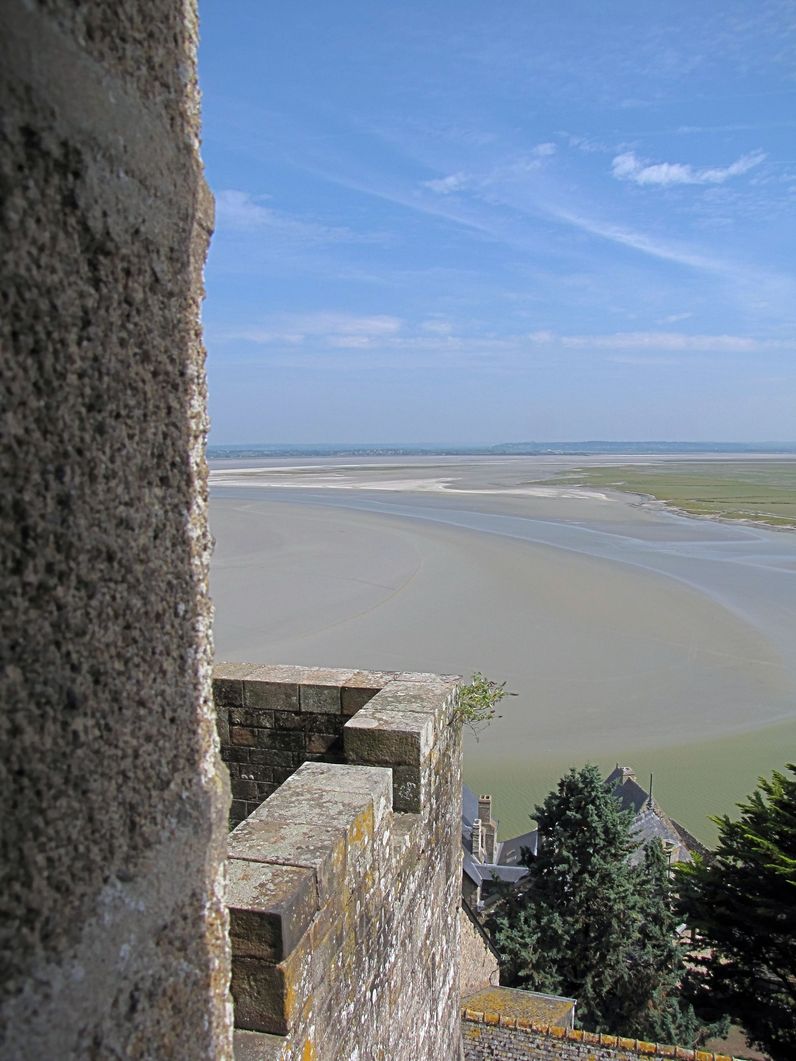
The height of the tide, the variation in level from when the tide is in or out, is exceptional: more than 16 m in
the Bay of Mont-Saint-Michel, whereas the average worldwide is just 2 m. The incoming tide covers a distance of 25 km
the Bay of Mont-Saint-Michel, whereas the average worldwide is just 2 m. The incoming tide covers a distance of 25 km
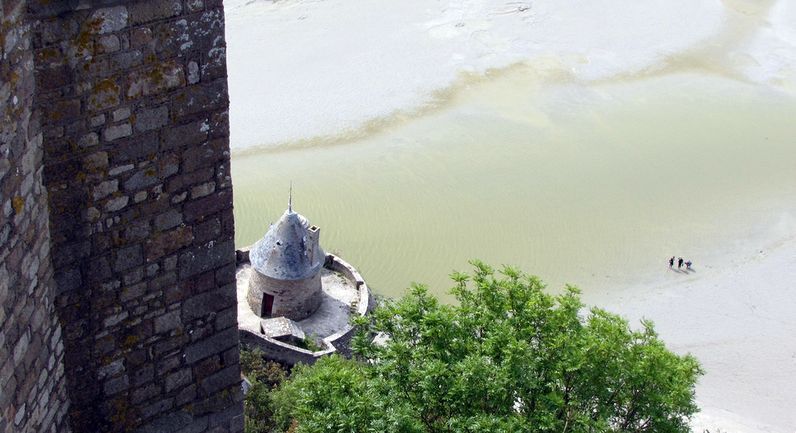
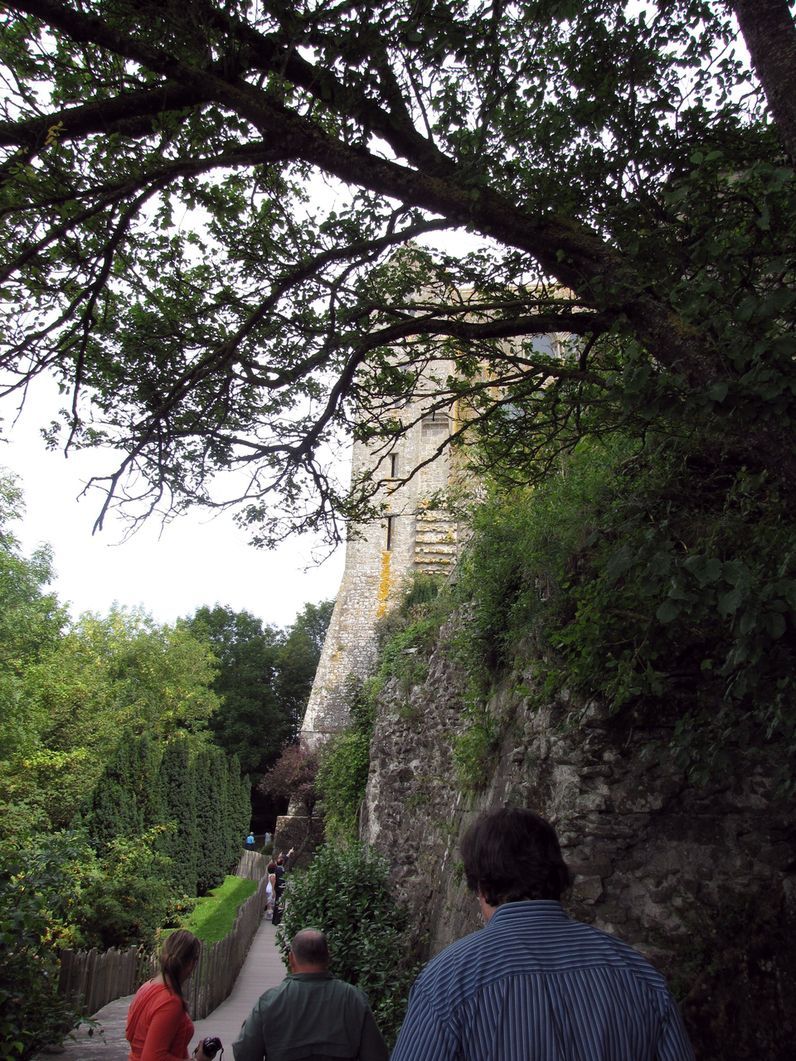
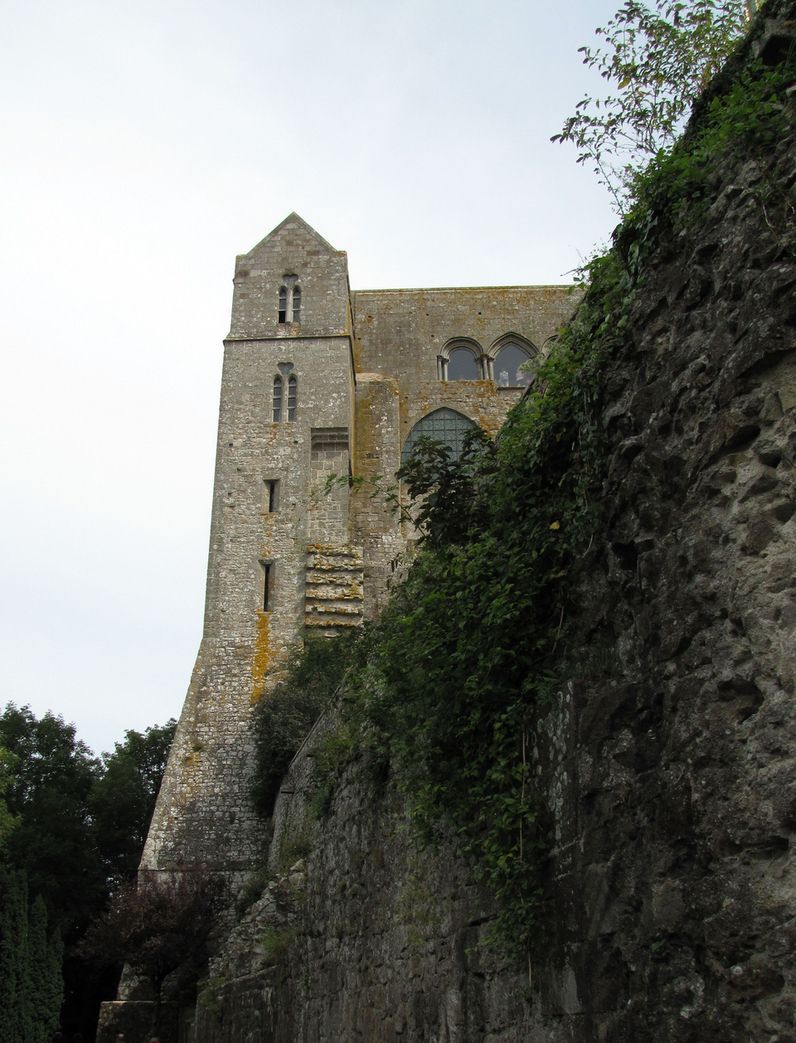
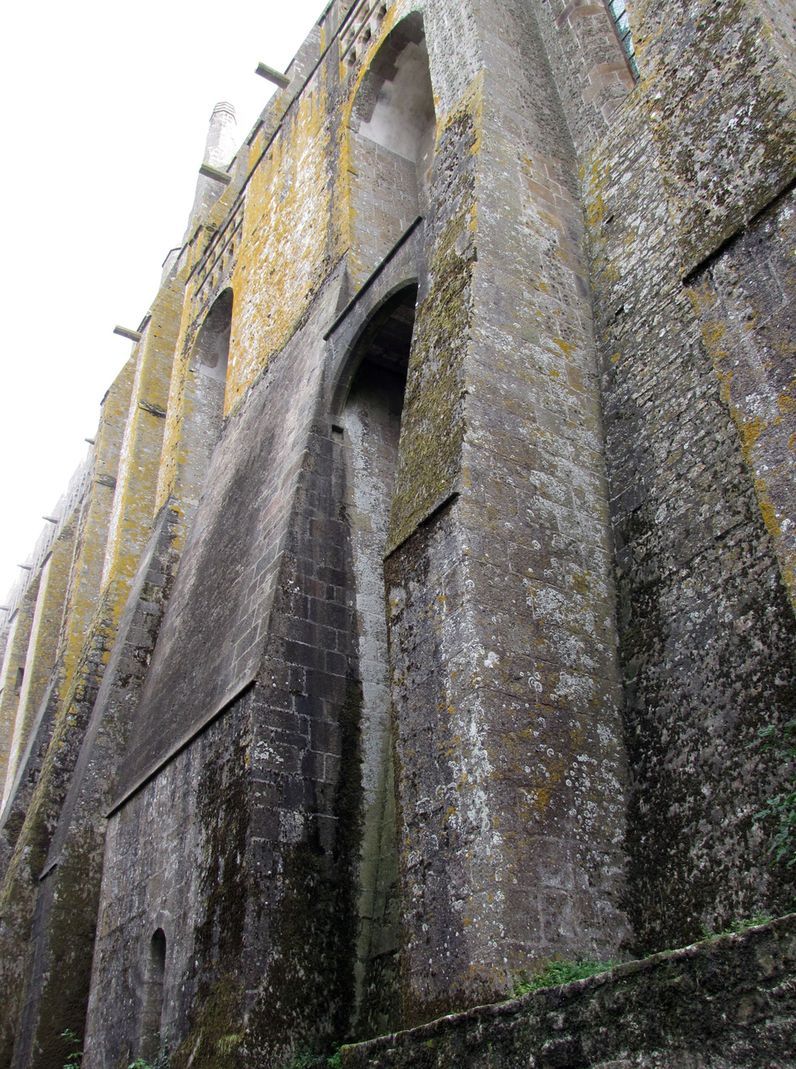
The most remarkable part of all is the mass of buildings known as “la merveille” (the marvel) on the north side
of the rock facing the ocean. This vast structure, half military, halfmonastic , is built wholly of
granite quarried on the mainland, and was entirely constructed between the years 1203 and 1228.
of the rock facing the ocean. This vast structure, half military, halfmonastic , is built wholly of
granite quarried on the mainland, and was entirely constructed between the years 1203 and 1228.
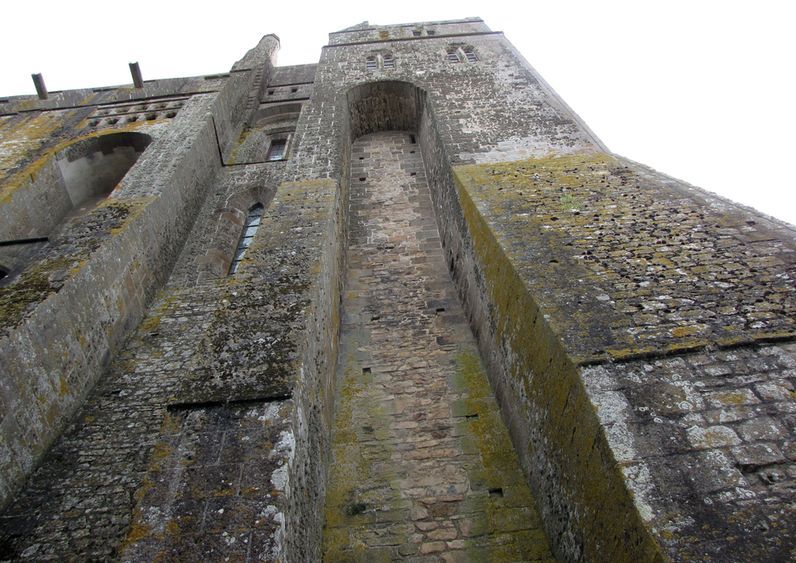
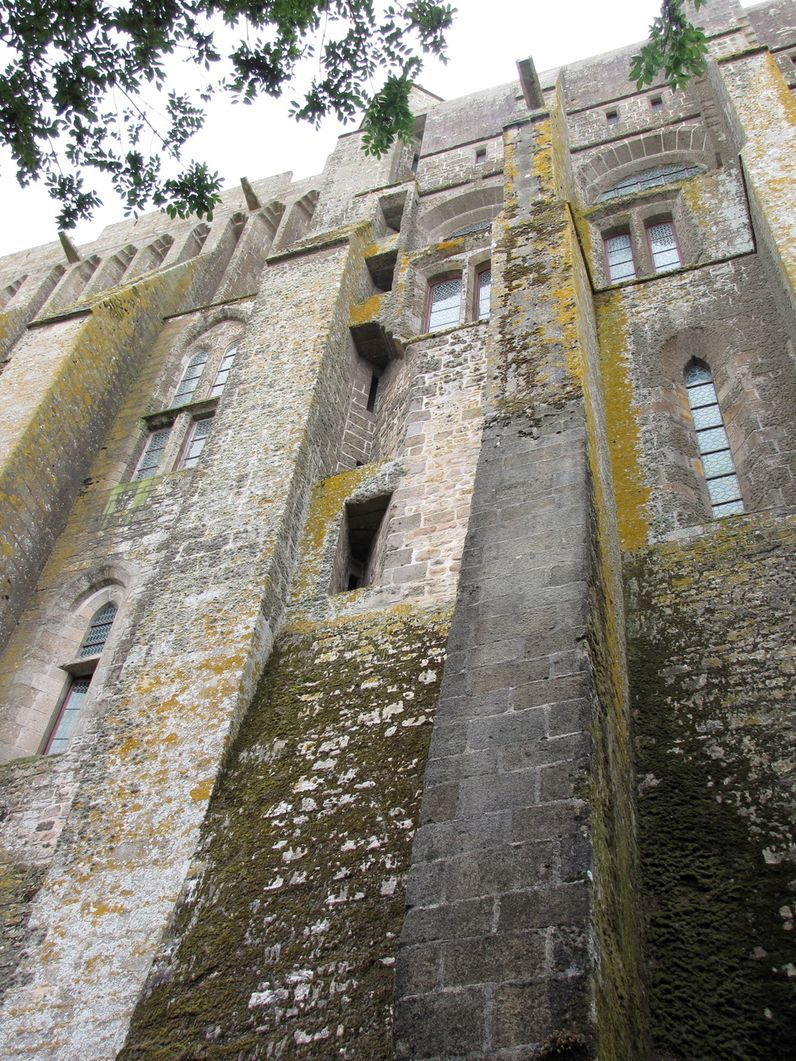
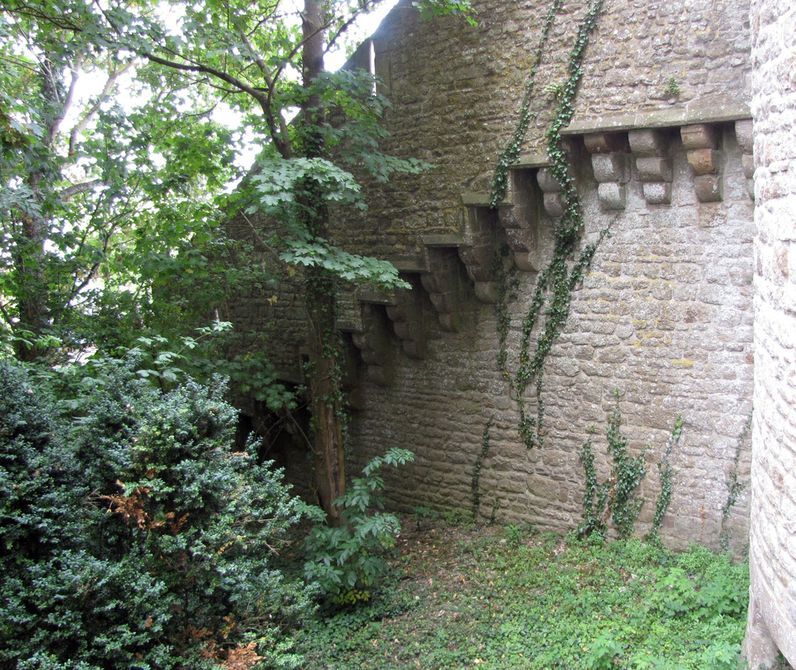
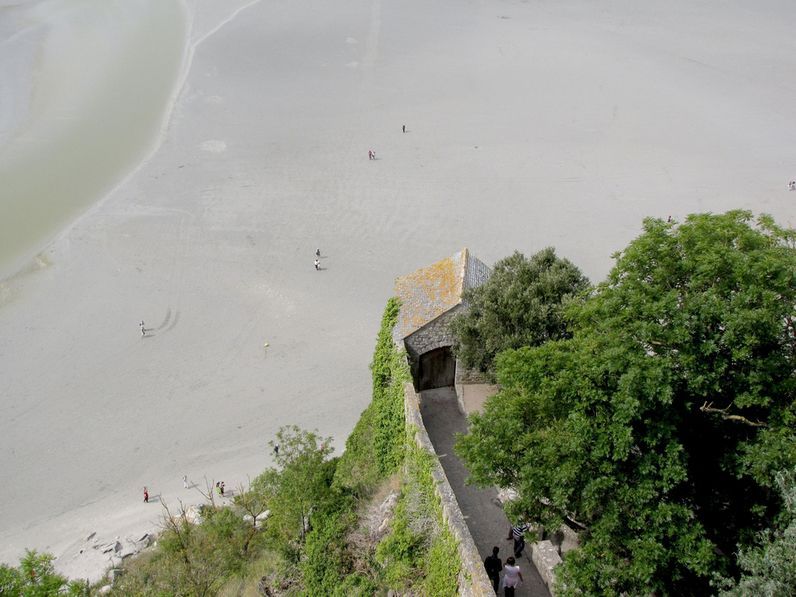
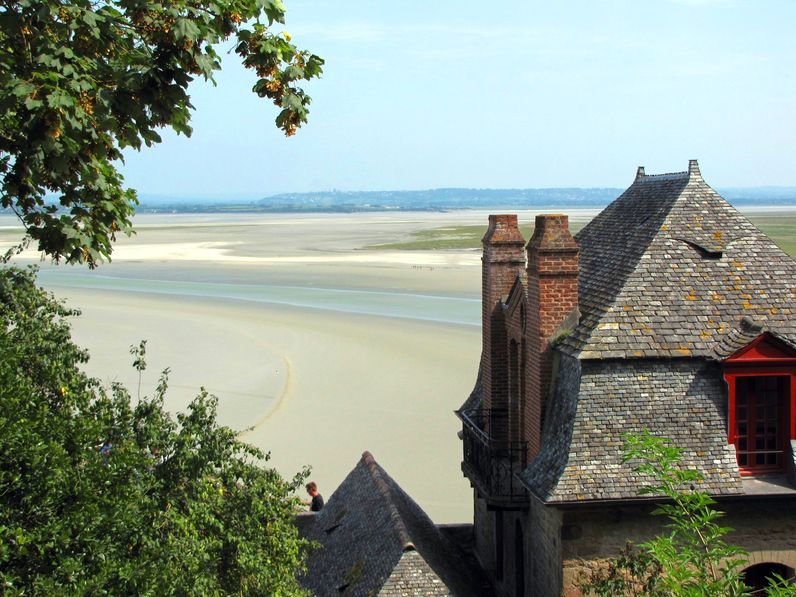
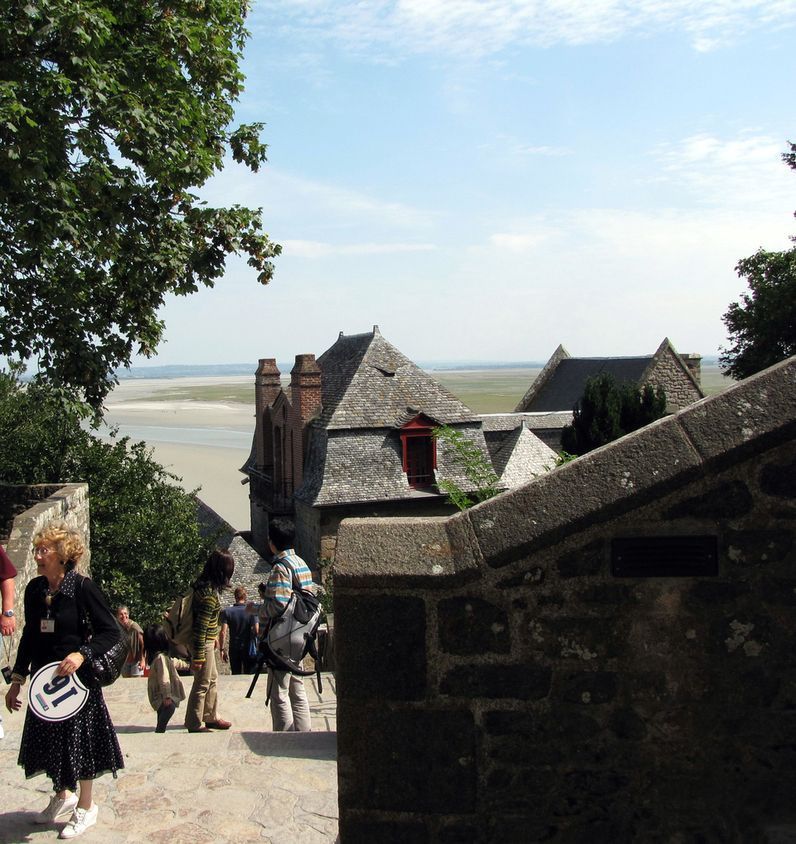
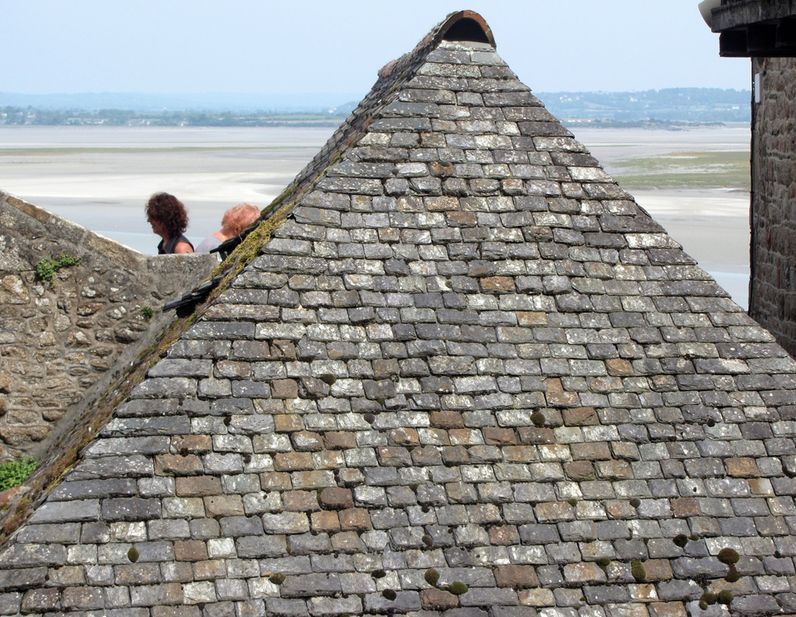
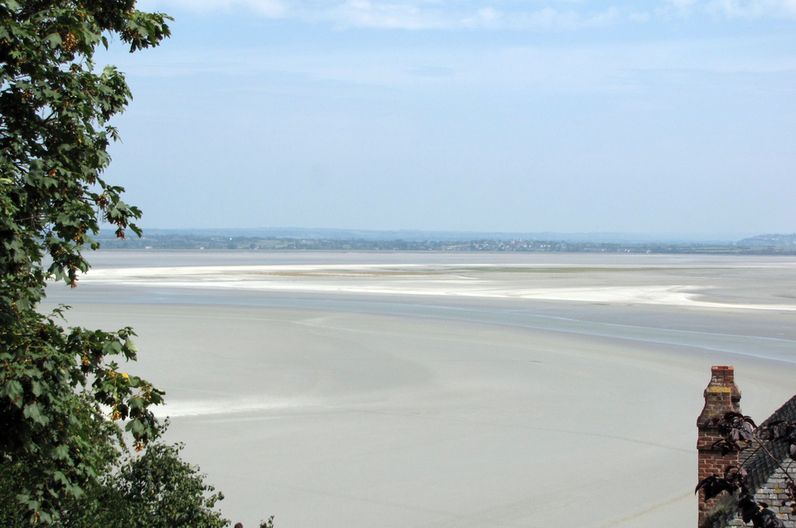
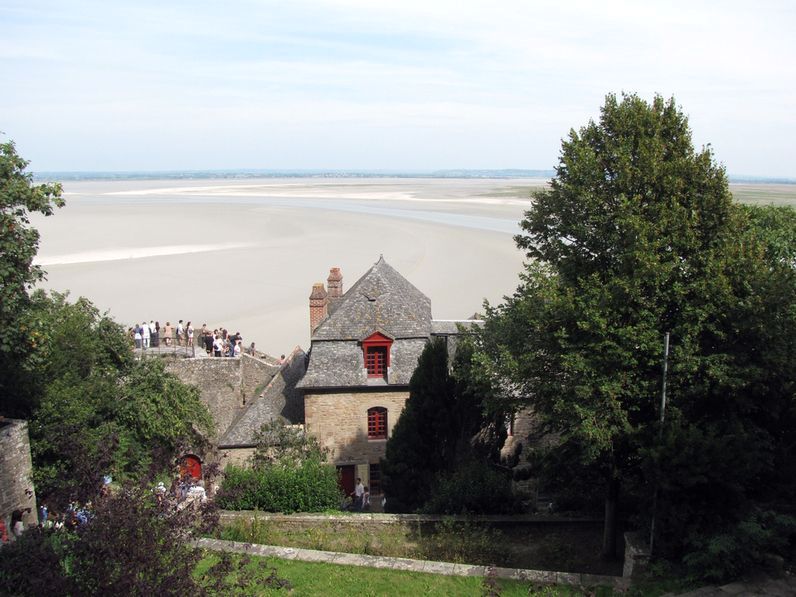
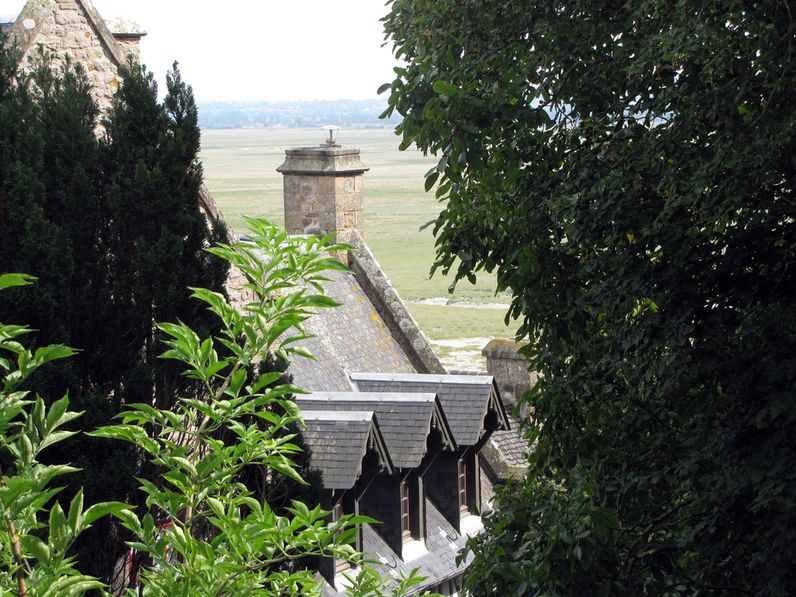
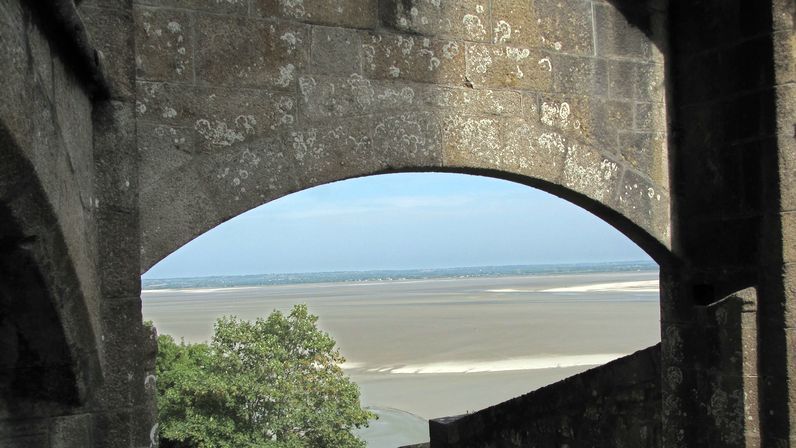
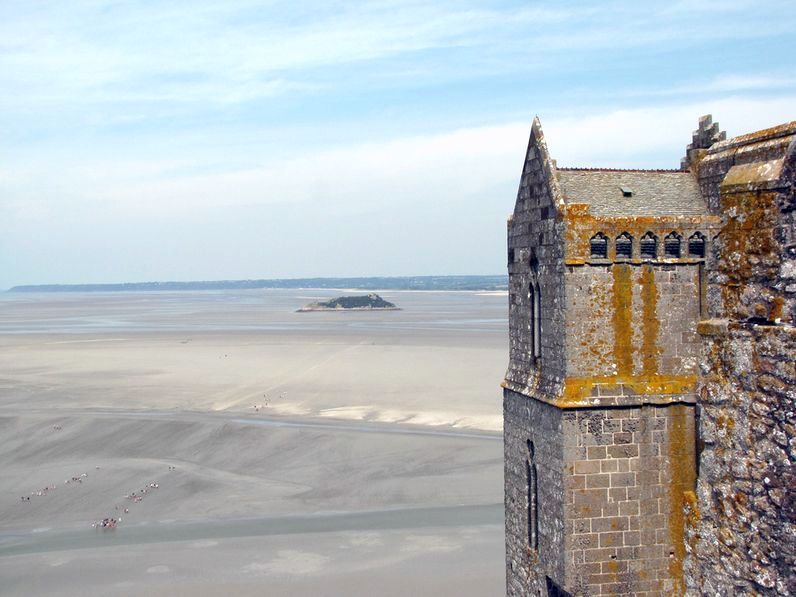
The tides in the area shift quickly, and has been described by Victor Hugo as “as swiftly as a galloping horse.” The tide actually
comes in at 1 meter per second. Popularly nicknamed “St. Michael in Peril of the Sea” by medieval pilgrims making their way
across the tidal flats, the mount can still pose dangers for visitors who avoid the causeway and attempt the hazardous walk
across the sands from the neighboring coast. The dangers from the tides and quick sands continue to claim lives.
comes in at 1 meter per second. Popularly nicknamed “St. Michael in Peril of the Sea” by medieval pilgrims making their way
across the tidal flats, the mount can still pose dangers for visitors who avoid the causeway and attempt the hazardous walk
across the sands from the neighboring coast. The dangers from the tides and quick sands continue to claim lives.
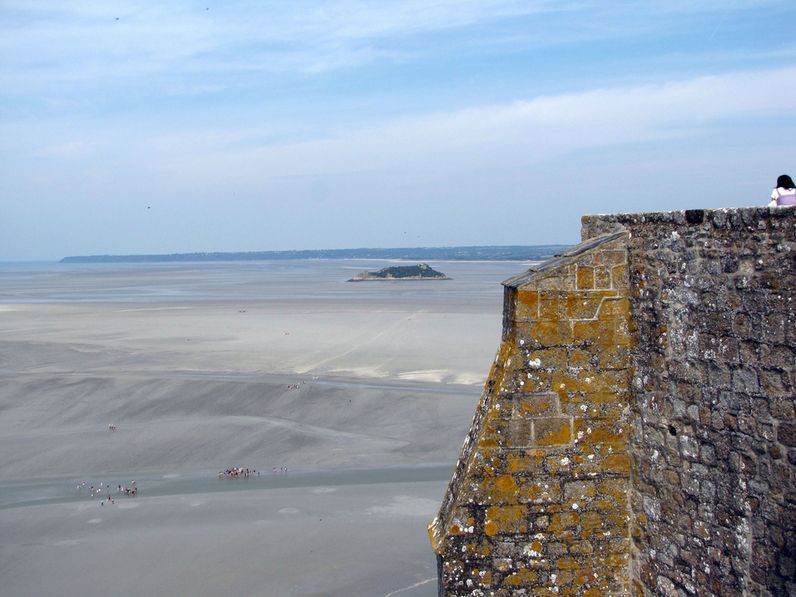
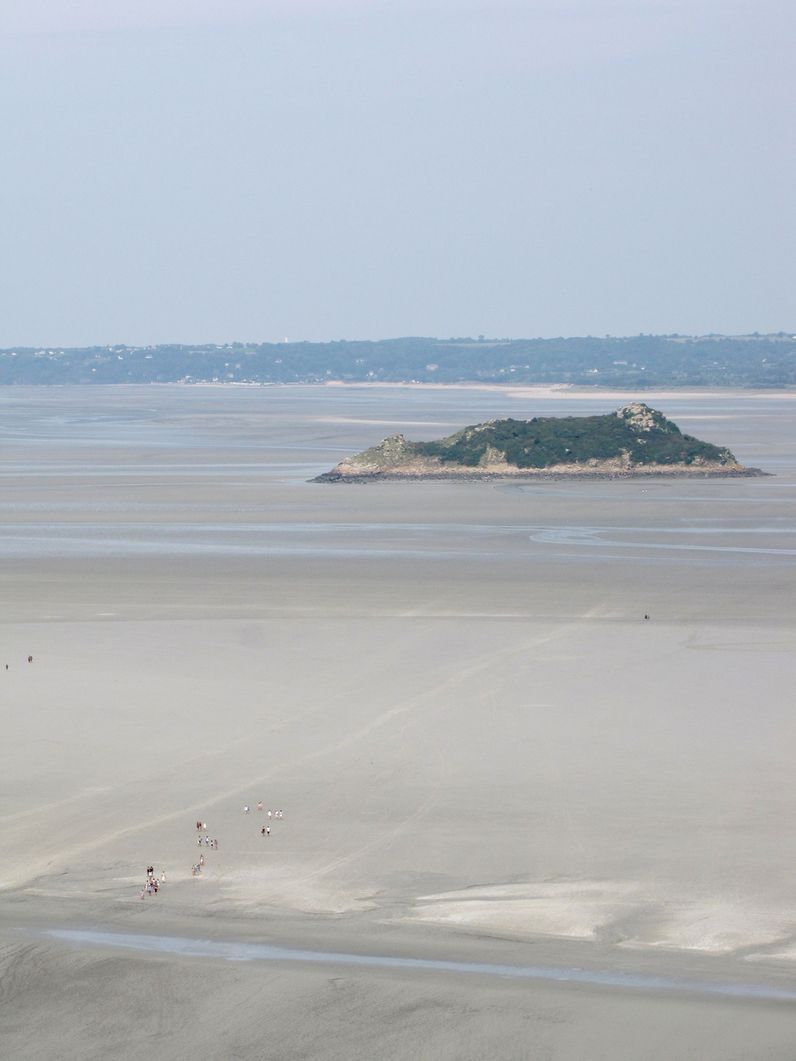
During low tide, the island was surrounded by a vast and flat expanse of sand, but during high tide, the waters rushed swiftly forth
and surrounded the island, cutting it off completely from the mainland. The tides of the Bay of Mont St Michel are some of
the most dangerous in the world, both in terms of depth and speed. The high tide mark can reach 50 feet above the low tide mark,
and the incoming tide is ferociously swift.
and surrounded the island, cutting it off completely from the mainland. The tides of the Bay of Mont St Michel are some of
the most dangerous in the world, both in terms of depth and speed. The high tide mark can reach 50 feet above the low tide mark,
and the incoming tide is ferociously swift.
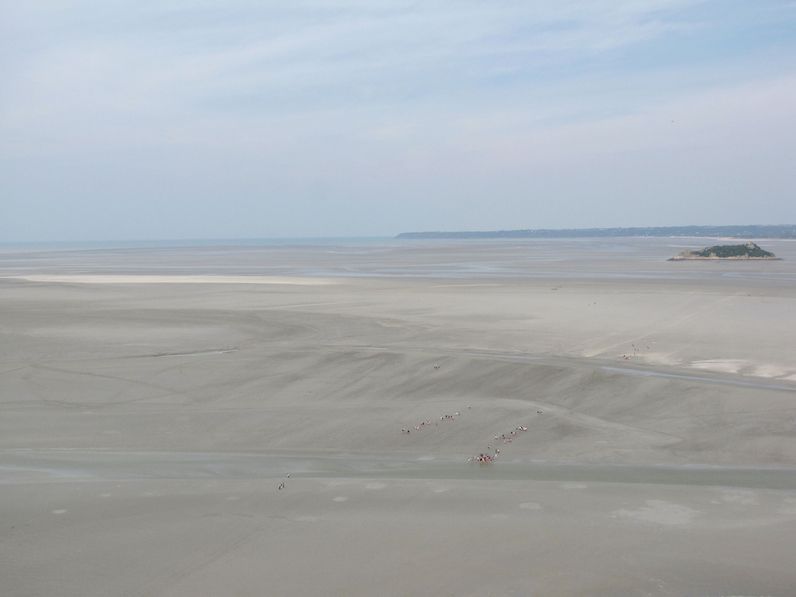
Medieval writers stated that the tide moved in at the speed of a galloping horse, and modern scientists have clocked it
at about 12 miles an hour – more than fast enough to overcome anyone foolish enough to cross the sand beds
at the wrong time, let along anyone bringing in heavy building materials.
at about 12 miles an hour – more than fast enough to overcome anyone foolish enough to cross the sand beds
at the wrong time, let along anyone bringing in heavy building materials.
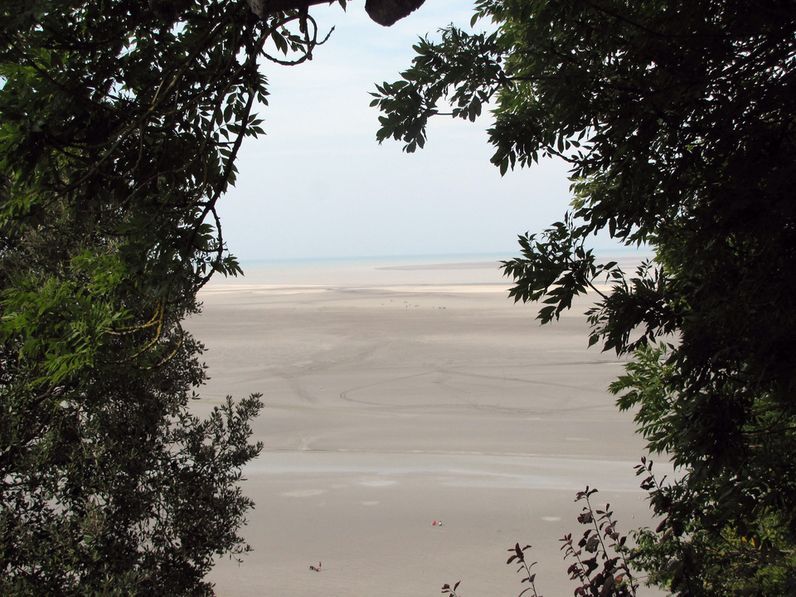
The highest tides in continental Europe take place at Mont-Saint-Michel, up to 15 metres difference between low and
high water. During top of the spring tides, the sea goes out 15 kilometres from the coast and comes in again very quickly.
high water. During top of the spring tides, the sea goes out 15 kilometres from the coast and comes in again very quickly.
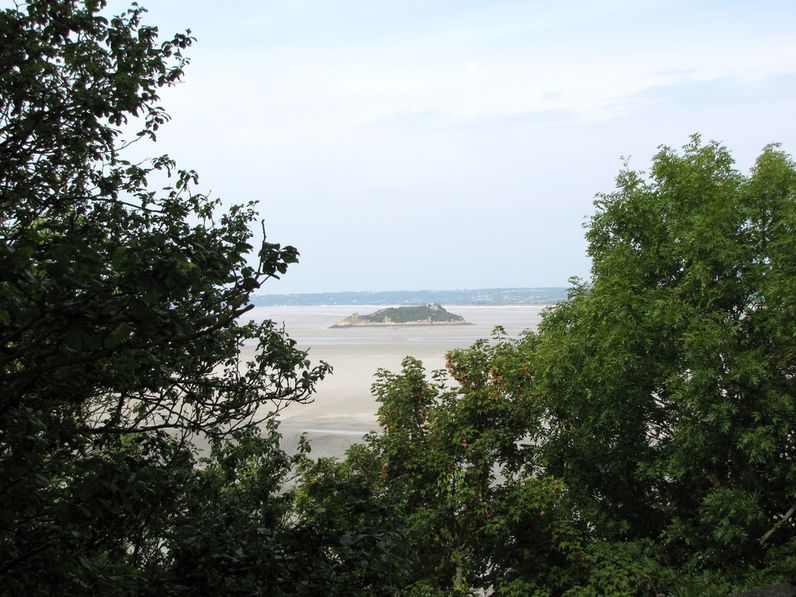
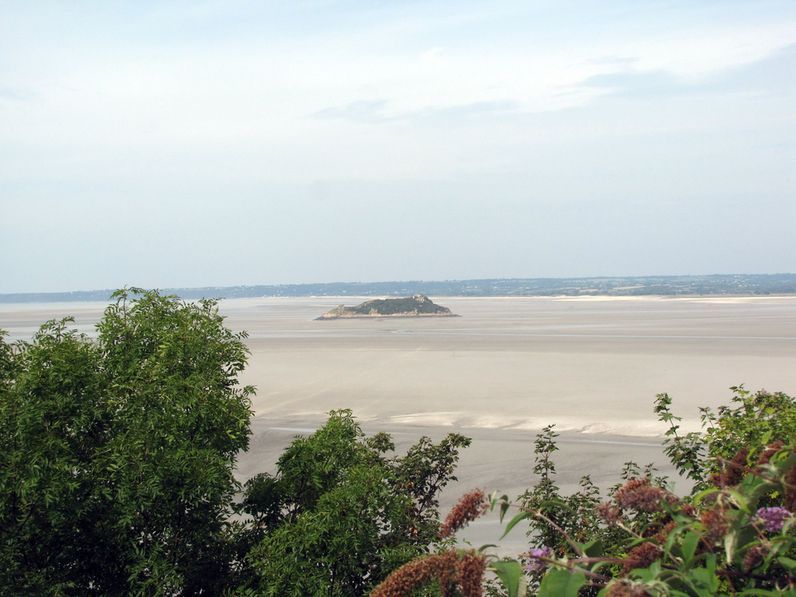
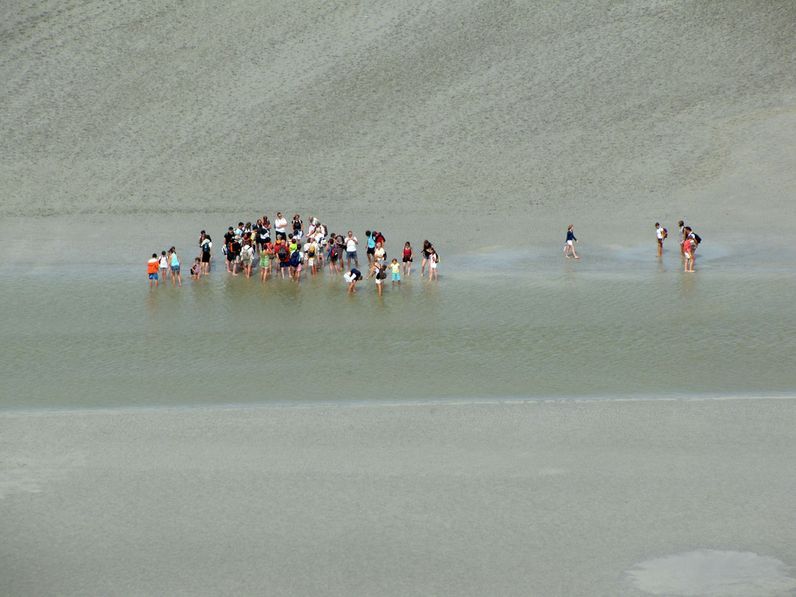
- Arriving at Mont St Michel
- Entering Mont St Michel
- The Abby and the climb back down

